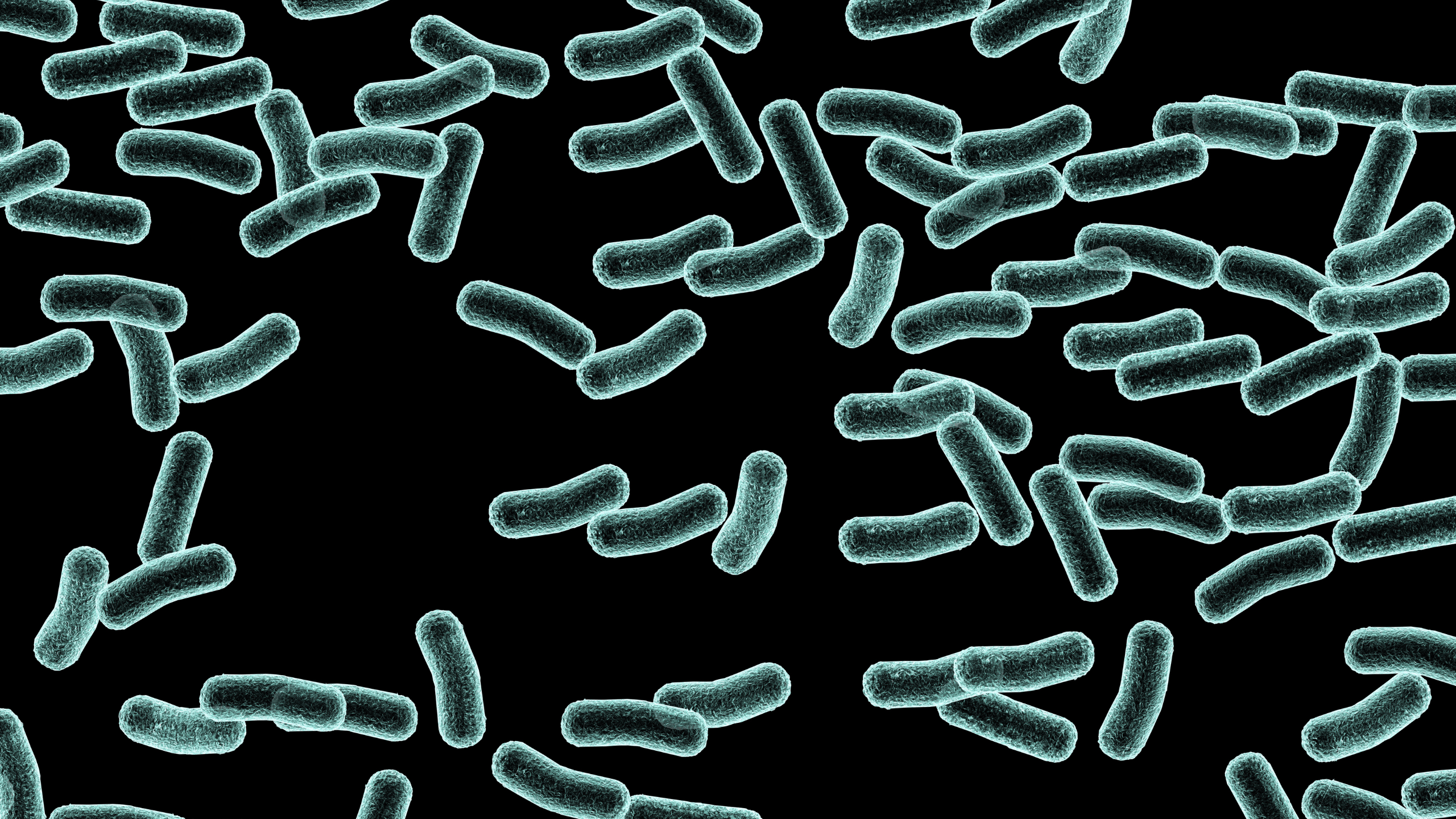Staphylococcus aureus (or S. aureus) is a bacteria found in the skin microbiome. It’s most commonly located inside the nostrils, in the armpits, and around the groin — but also exists elsewhere on the skin surface. You likely know this type of bacteria simply by the name “staph.”
While S. aureus doesn’t always cause trouble, it’s known as the main cause of skin and soft tissue infections, including abscesses (boils), furuncles, and cellulitis.
Because of the dramatic effect S. aureus can have on the skin, it’s important to understand how it spreads, how it affects the body, and how to effectively treat it!
How S. aureus Spreads
How do you get Staphylococcus aureus? S. aureus is most commonly spread from one person to another through direct contact — often by contaminated hands. You can also pick up Staphylococcus aureus bacteria from contaminated objects like a phone, door knob, gym equipment, or virtually anything.
Hospitals are common places to get S. aureus. Hospitalized patients as well as hospital workers can both carry staph without showing symptoms and transfer the bacteria to others. This is also true for any of us… it’s just more common in hospital settings!
How Staphylococcus aureus Affects the Skin
Often, the Staphylococcus aureus bacteria lives on the skin surface without causing any problems. However, when overgrowth takes place, S. aureus can cause infections and skin symptoms such as redness, dryness, flaking, itching, boils, and abscesses. Staphylococcus aureus has actually been scientifically proven to cause eczema.
Dr. Peter Lio, board certified dermatologist, explains, “Now we understand more than ever that [Staphylococcus aureus] is not just a symptom of the eczema. It actually is a driver of the disease for many patients. And it does that through a number of mechanisms. Part of it seems to be that it's fueling the immune response directly. Part of it is through some of the toxins that it's making, damaging [the skin] barrier, and fueling the immune response.”
Treatment of S. aureus
Treating staph is important, because once the bacteria enters the bloodstream through opened skin, it can wreak havoc internally in the body. This may sound like a far-fetched possibility, but when you consider the fact that the bacteria causes itchy, cracked skin, open skin for the bacteria to enter into becomes common.
Antibiotics are the most common treatment option for S. aureus overgrowth. The most popular antibiotics prescribed are cephalosporins, including cefazolin, nafcillin or oxacillin, vancomycin, daptomycin, telavancin, or linezolid.
However, many strains of the staph bacteria are becoming resistant to antibiotics, which means the intensity of the treatment required is increasing. For example, only 5% of staph infections today can be effectively treated with penicillin.
Even if a topical antibiotic is able to effectively eradicate the overpopulation of the S. aureus bacteria, antibiotics often kill the good bacteria along with the bad bacteria, because there’s no way to target which bacteria is being killed off.
Takeaways
The staph bacteria throws off the balance of the epidermis and its microbiome, causing redness, boils, and abscesses. These are likely the symptoms of Staphylococcus aureus you know best! But research also shows S. aureus triggers eczema symptoms.
Sources
https://www.health.state.mn.us/diseases/staph/basics.html
https://www.mayoclinic.org/diseases-conditions/staph-infections/diagnosis-treatment/drc-20356227

